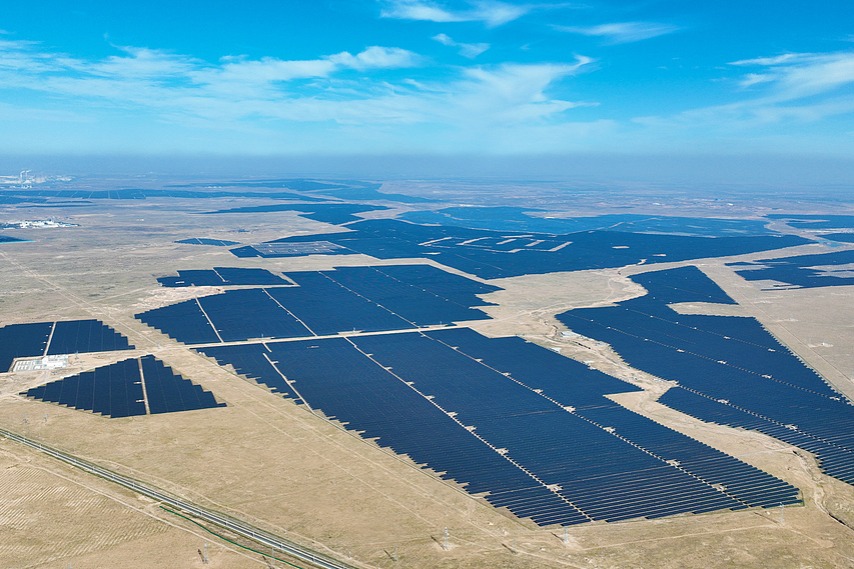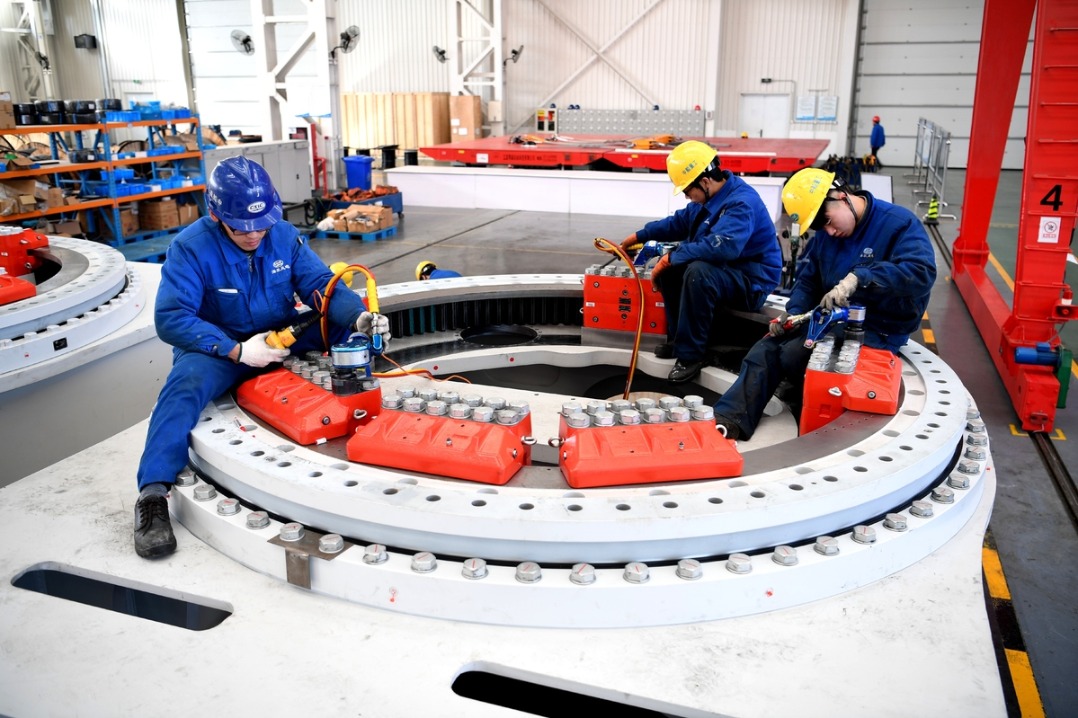DJI unveils portable handheld camera


DJI, the world's largest commercial drone manufacturer by market share, has unveiled its portable handheld camera, the Osmo Pocket, in a bid to gain a bigger share of the professional photography and video sector, amid sluggish growth in China's consumer drone market.
Priced at $349, Osmo Pocket is DJI's smallest three-axis gimbal, a pivoted support, with a built-in camera capable of shooting 4K videos. It weighs only 116 grams, and features intelligent shooting and object tracking similar to DJI's latest drones.
Luo Zhenhua, president at DJI, said: "Innovation is at the heart of every product we create and we hope the camera can help capture creative videos and photographs."
According to DJI, the photography and video industry has become the largest source of revenue for the company.
In August, the Shenzhen, Guangdong province-based company launched Mavic 2 drone series, which is aimed at professionals, aerial photographers and content creators. It is the first time that the Hasselbald camera and optical zoom have been applied in DJI's consumer drone sector.
Xie Tiandi, DJI's director of communications, said most of the growth is being driven by the consumer market. "We see the short video industry is booming and it is time to launch a handheld gimbal camera targeting the mass market," said Xie.
Founded in 2006, DJI accounts for almost 70 percent of the consumer drone market worldwide, with Europe and North America its biggest customers. It is ramping up efforts to expand its product portfolio.
Since 2015, the consumer drone market has taken off, but it grew at a slower pace last year. Media reports said drone manufacturers such as ZeroTech and EHang had cut their payrolls and sought to diversify.
"The exploration of application scenarios for drone products has encountered a bottleneck, but the overall consumer drone industry is still growing," said Pan Xuefei, a senior analyst at IDC.
Consulting firm iResearch forecast the value of the domestic civilian drone market will reach more than 75 billion yuan ($10.8 billion) by 2025, and drones for aerial photography and entertainment are expected to create a 30 billion yuan market.
According to an International Data Corp report, shipments of aerial photography drones will surge to 3 million units by 2019, with the compound annual growth rate reaching 68 percent.
A series of incidents involving low-flying drones in restricted areas around major Chinese airports last year had led to tighter usage regulations and impacted product sales.
The Civil Aviation Administration of China said that commercial UAVs weighing more than 250 grams had to be registered under the owner's real name from June 1.




































